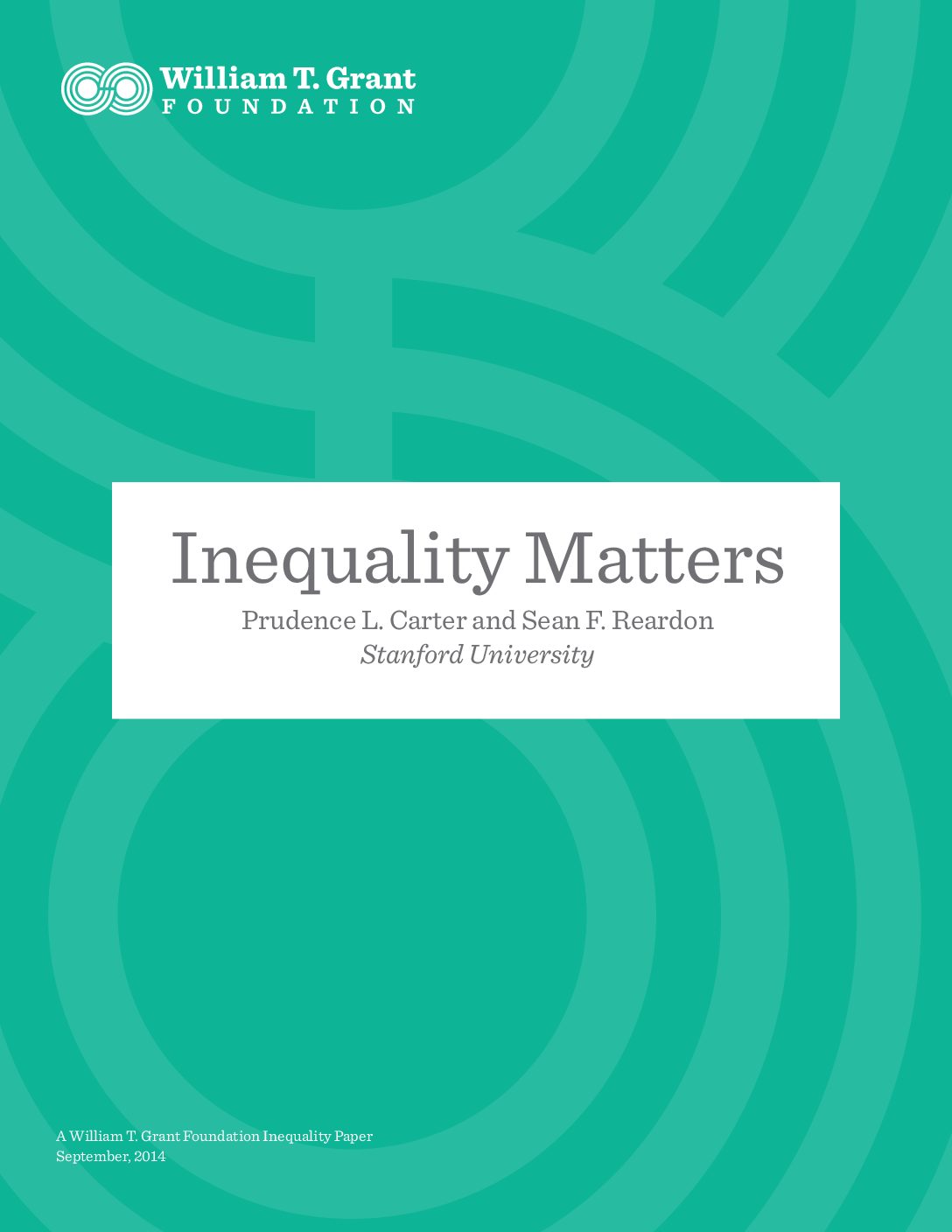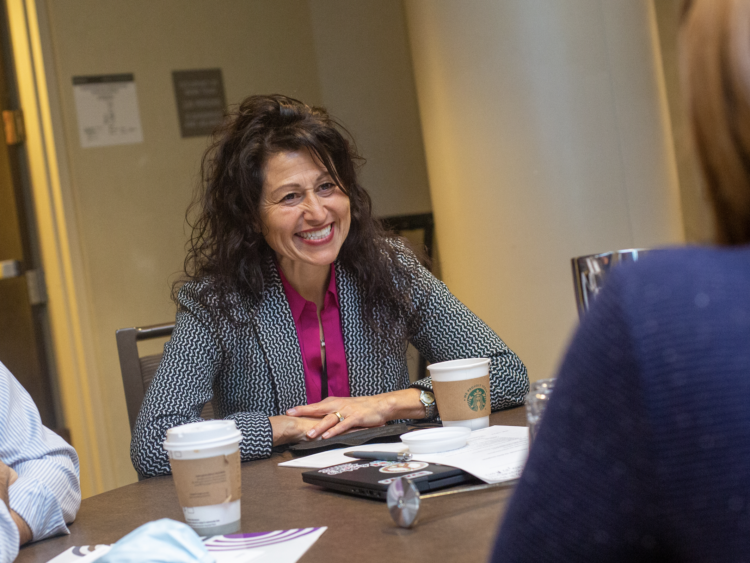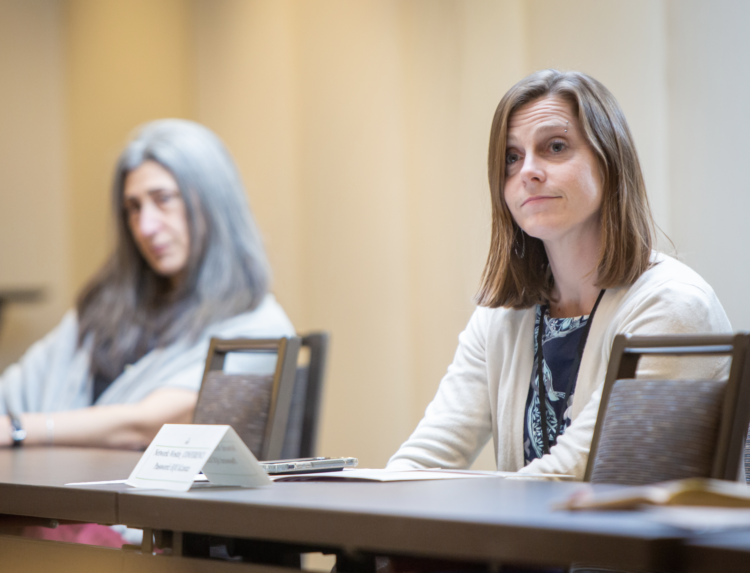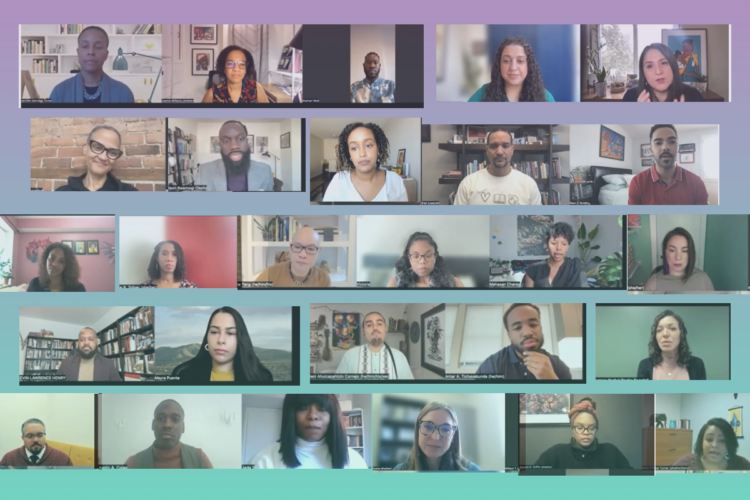Young people in America today are growing up in an era of striking, and in some cases, unprecedented, social inequalities. Economic inequality is at a record high. Today 22 percent of all income in the US goes to top 1 percent of earners, while 50 years ago only 10 percent of total income went to the top 1 percent. This economic inequality is mirrored in the large educational, health, and political disparities between the children of the rich and the poor. But it is important to keep in mind that economic inequality is but one among many dimensions of inequality that are patterned by race, ethnicity, gender, sexual orientation, religion, and immigrant status.
How do these various types of inequality affect young people and their opportunities to thrive, and what can we do to reduce these inequalities? Our interest in these questions led us to join a group convened by the Ford Foundation working to understand what the accumulated body of social science research teaches us about inequality. Our charge was broad: to review the scholarship on many forms of inequality with an eye toward identifying key research areas where strategic investments might lead to new and useful insights about how we might reduce social inequalities.
As we and our colleagues surveyed the landscape of inequality research, we identified several key questions about inequality: What forms of social inequality are most salient in contemporary society and the lives of young people? How much inequality is there among individuals and between groups? How is it changing over time? What causes it? How does inequality affect individuals and society?
“…good scholarship can be both a spur and a guide to action. We believe that improved inequality scholarship should be one component of efforts to improve young people’s opportunities.
One obvious consequence of racial, ethnic, and socioeconomic inequality is that low-income youth and young people of color are more likely to grow up in households and communities with far fewer socioeconomic resources than their white and affluent peers. Today, more than one-third of Black, Native American and Latino youth under the age of eighteen live below the poverty line; many of these young people will not reach their full potential because poverty and other forms of disadvantage severely limit their opportunities to flourish. Compared to their more advantaged peers, an alarming number of these youth do not have access to equally high-quality schools; their neighborhoods are less safe; and their families are often in a constant state of economic stress. Under such conditions, it is hard for young people to thrive.
Social inequalities affect young people in other ways as well. For many youth, material inequality is paired with social discrimination and exclusion in a one-two punch that exacerbates and perpetuates social inequalities in education, health and well-being, and political power. Young men of color are often disproportionately targeted by law enforcement. Gay and lesbian youth, girls, and the children of immigrants all too often encounter prejudice, discrimination, and social exclusion that restrict their opportunities to flourish. Bullying, invisibility, low social expectations, and our school systems’ inability to accommodate linguistic and cultural diversity likewise limit equality of opportunity.
Even more problematic is that inequality often becomes internalized and can affect a young person’s sense of him/herself and of what is possible. Young people who grow up in economic abundance, who do not experience discrimination or prejudice firsthand, and who witness the success of most of those around them are more inclined to see a world of possibility, where risk and effort are justly rewarded and where their identities are theirs to define. Those who grow up in scarcity or social exclusion, however, are likely to see the world—and their place in it—as limited and constrained.
Indeed, perhaps one of the most worrisome results of the patterns of inequality in the U.S. today is that our children are being reared in contexts that may lead them to believe that social inequality and social divisions are the natural order of things. Racial and economic inequality have led to starkly segregated neighborhoods. This segregation leads not only to unequal schooling opportunities, but also limits the potential and character of interpersonal relationships among different racial, ethnic, and socioeconomic groups. In many cases, this may prevent young people from developing a set of skills essential to citizenship in a democracy, including the abilities to empathize, engage, debate, compromise, cooperate, and share with peers from different economic, social, and cultural backgrounds. A nation built on the foundational principles of tolerance and diversity with respect to religion has struggled with these same two principles as they apply to other forms of social differences, including race, ethnicity, gender, sexual orientation, nativity status, and socioeconomic status.
So what can we do about social inequality? Here is where more scholarship would be particularly useful. Our review of existing scholarship points to four areas where more research is needed.
In order to learn more about inequality of opportunity, we will have to figure out how to better characterize and measure “opportunity.”
First, we know far too little about inequality of opportunity, relative to what we know about inequality of measureable outcomes. We know that young people vary widely in their educational success, earnings, wealth, incarceration rates, and morbidity and mortality rates. Moreover, we know that these disparities are, in many cases, strongly related to social status, including race, ethnicity, gender, sexual orientation, religion, immigrant status, and the socioeconomic conditions in which individuals grow up. But knowing that people end up in very different places does not, by itself, provide a clear explanation of how they got there and in what ways these different outcomes result from unequal opportunities along the way.
In order to learn more about inequality of opportunity, we will have to figure out how to better characterize and measure “opportunity.” Although “equal opportunity” is a core American ideal, it is a slippery notion—hard to define and measure precisely. It is not always clear, for example, that identical environments provide equivalent opportunity to all individuals or groups. The same kindergarten classroom, for example, may provide very different opportunities for children from different language or socioeconomic backgrounds as a result of the different academic or language skills or cultural resources that the students bring with them to school. A more refined understanding of opportunity will need to incorporate such complexity.
Second, scholarship on the causes and persistence of inequality has focused too little on inequality-preserving social processes that are difficult to observe. Part of the challenge in reducing inequality is that many forms of inequality come to be seen as “natural” or due to innate differences. Gender gaps in academic achievement, occupational status, wages, and leadership roles, for example, are understood as a result of innate biological or psychological gender differences or women’s reproductive capacity. Discrimination on the basis of immigrant status and religion are justified on the basis of socially-constructed notions of who is “American.” Laws banning gay marriage rest on ideas of what constitutes appropriate forms of love and sexual activity. But none of these notions of what is “natural” are themselves natural. Rather, they are the product of a set of often intangible social and historical processes, maintained, in some cases, by social policies and public and private institutions. In order to reduce inequality, we must pull back the veil on the powerful, yet often subtle, processes that maintain it.
Third, the scholarship of the last few decades has been much more successful at documenting the patterns, trends, and (to some extent) causes of social inequality than it has been at demonstrating its consequences or identifying effective strategies for reducing it. Research clearly demonstrates the negative consequences of growing up poor, for example, but research on how growing up amid inequality affects both the poor and the rich is scarce and far less conclusive. Similarly, to the extent that scholarship has addressed strategies for reducing inequality, it has often done so by focusing on evaluating policies and interventions designed to improve life chances for those at the bottom end of the inequality distribution or in a disadvantaged racial, ethnic, or other group. While such strategies may in some cases lead to reductions in inequality, they may not be the most effective strategies for doing so. Our review indicates a clear need for more scholarship that focuses explicitly on the consequences and remedies of inequality per se.
Fourth is a point related to this last conclusion: the problem of inequality is often framed in both scholarship and in public discourse as a problem of poverty (or some other form of social disadvantage). In other words, we often ask “why are the poor poor?” and “what are the consequences of growing up poor?” rather than “why are socioeconomic conditions, health and educational outcomes, and the distribution of political power so unequal, and why are they so unequally distributed among groups?” or “what are the consequences of inequality for society?” Framing the problem of inequality as a problem of poverty (or more generally, as a problem of a disadvantaged group) may make addressing the issue more politically tractable, because it seems to imply that the only change needed is to increase opportunity for a disadvantaged group, but it also narrows the scope of scholarship, and thereby limits our understanding of inequality and its consequences.
Our brief summary of the vast welter of inequality scholarship is, of course, incomplete in many ways. Moreover, we recognize that scholarship alone will not change the world in which our children are growing up. Nonetheless, good scholarship can be both a spur and a guide to action. Indeed, we believe that improved inequality scholarship should be one component of efforts to improve young people’s opportunities.
Read Inequality Matters.






